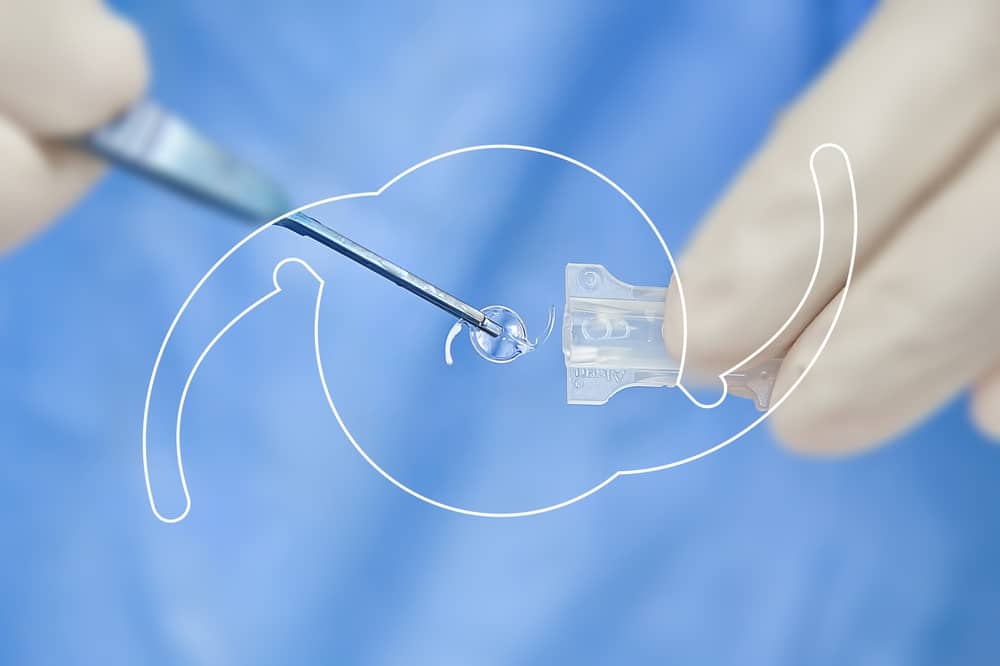
A cataract is a cloudiness or opacity in the eye’s natural lens. The lens, which is normally transparent, is located behind the iris (the colored portion of the eye) and the pupil (the dark center of the eye). Cataracts are a natural part of aging but may occur in younger individuals as a result of various medical diseases, medications, or trauma. Mild cataracts may not significantly disturb vision, but as they mature, they can eventually cause blurred vision, sensitivity to light, glare, and increased nearsightedness or distorted images.
Cataracts can occur at any age but are very common in older people. Cataracts affect over 73 percent of senior citizens aged 65 years and older in the United States today.
If symptoms of cataracts are mild, a change in glasses may be all that is necessary. However, if cataracts are causing symptoms that interfere with daily activities, surgery may be considered. Surgery is the only way to remove a cataract.
In most cases, the cataract is removed using a process called “phacoemulsification.” During phacoemulsification, a small incision is made in the eye. An ultrasonic device sends vibrations into the eye to break the lens into small pieces. The pieces of the lens are then suctioned out and are replaced by an intraocular lens (IOL). An intraocular lens is a clear manmade lens that replaces the cataractous lens to produce clearer vision.
Cataract surgery is a highly successful procedure, improving vision in 95% of the cases. Wheaton Eye Clinic is a leader in state-of-the-art cataract surgery including:

Custom Cataract Surgery refers to performing additional procedures at the time of cataract surgery and/or implanting an intraocular lens (IOL) that can reduce the dependence on glasses or bifocals. The vast majority of patients who choose Custom Cataract Surgery report that they can read a book, work on a computer, drive a car, and play tennis or golf with increased freedom from glasses.
Patients who undergo a cataract procedure, and who have nearsightedness or farsightedness, can have these refractive errors corrected with the implantation of a standard “monofocal” intraocular lens and achieve good distance vision without the need for glasses. However, there will be a need for reading glasses to improve near vision.
The two conditions that Custom Cataract Surgery addresses are astigmatism and presbyopia.
Wheaton Eye Clinic’s unparalleled commitment to excellence is evident in our continued growth. Today we provide world-class medical and surgical care to patients in six suburban locations—Wheaton, Naperville, Hinsdale, Plainfield, St. Charles, and Bartlett.
(630) 668-8250 (800) 637-1054